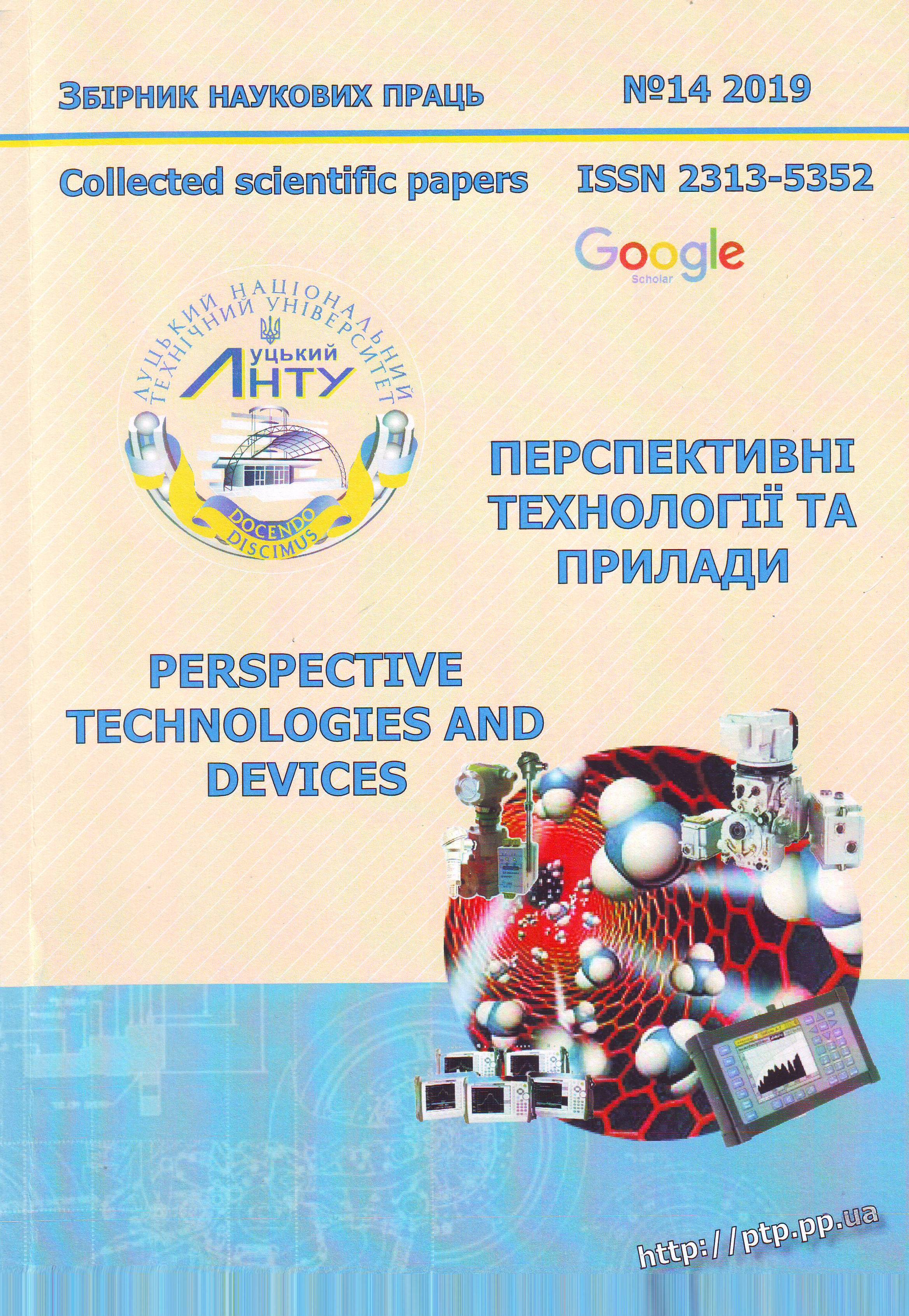RESEARCH OF METHODS AND THERMOMETRY DEVICES FOR DETERMINING THE TEMPERATURE OF SURFACE FRICTION OF DETAILS IN THE PROCESS OF WEAR
Abstract
It is shown that temperature is one of the main parameters, which negatively affects the wear resistance and the ability of self-strengthening of the friction surface of parts in the process of wear. This is especially true of materials with a large amount in the structure of the metastable austenite. Depending on the chemical composition of the metastable austenite, the negative effect of friction surface heating can already affect at temperatures of about 100° C. Therefore, an informed choice of materials and their structure for manufacturing or restoring parts requires information on the temperature level that occurs on the friction surface during wear. Equally important is the temperature value in the heat-affected zone during welding or welding.
The paper discusses two basic methods of thermometry, which are best suited for determining the temperature of working surfaces of parts. Contact method using thermoelectric thermometers (thermocouples) and non-contact, in which the sensor is a semiconductor immersion bolometer BP1-2, operating in the infrared part of the spectrum.
Methods, schemes and devices for determining the temperatures of the working surfaces of the scrapers of the refractory mass mixers and dies for pressing refractories under production conditions are proposed. As well as friction surfaces of samples when tested on a standard installation X4-B and on a laboratory bench, developed in ZNTU.


 https://scholar.google.com.ua/citations?
https://scholar.google.com.ua/citations?

